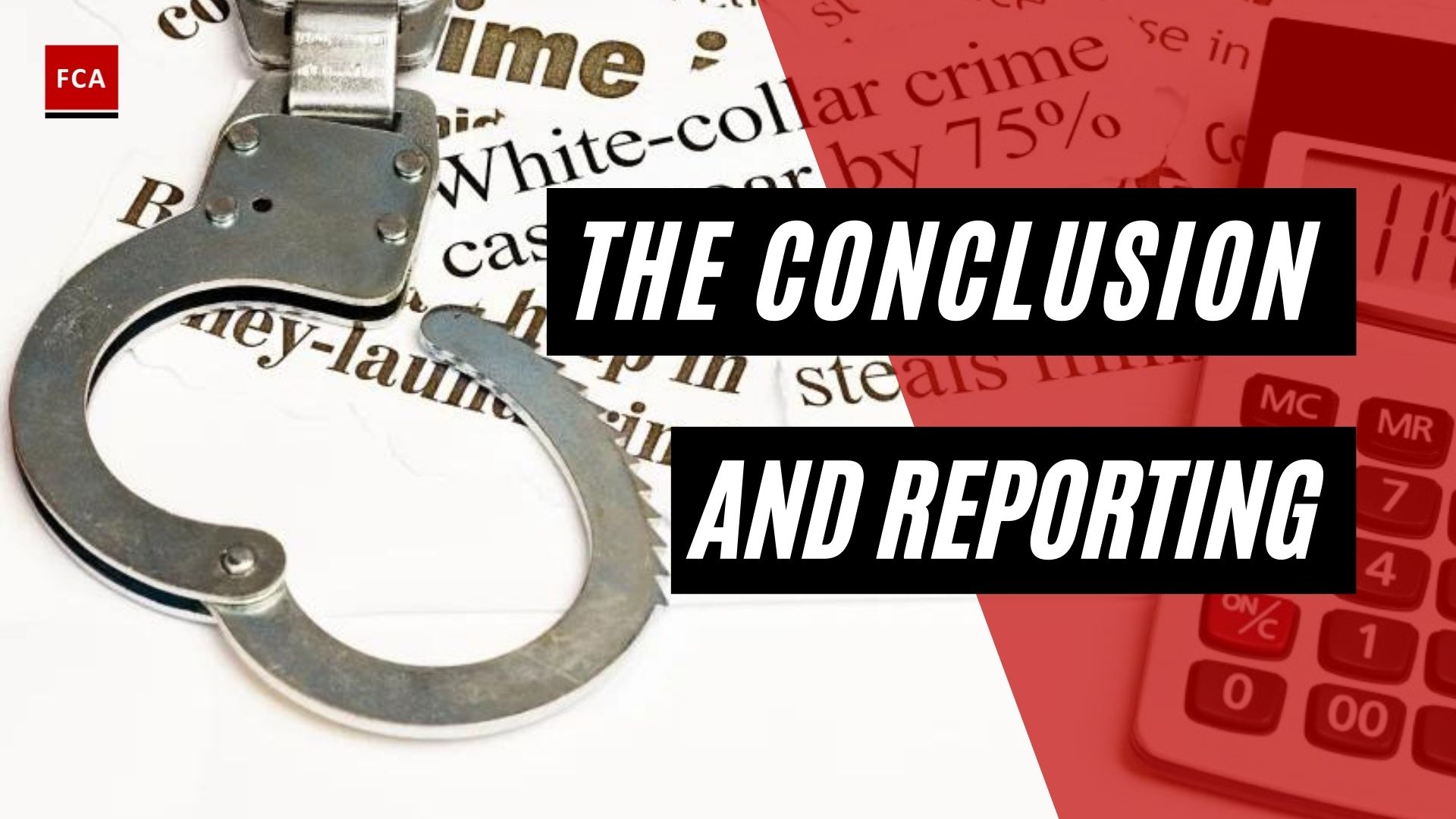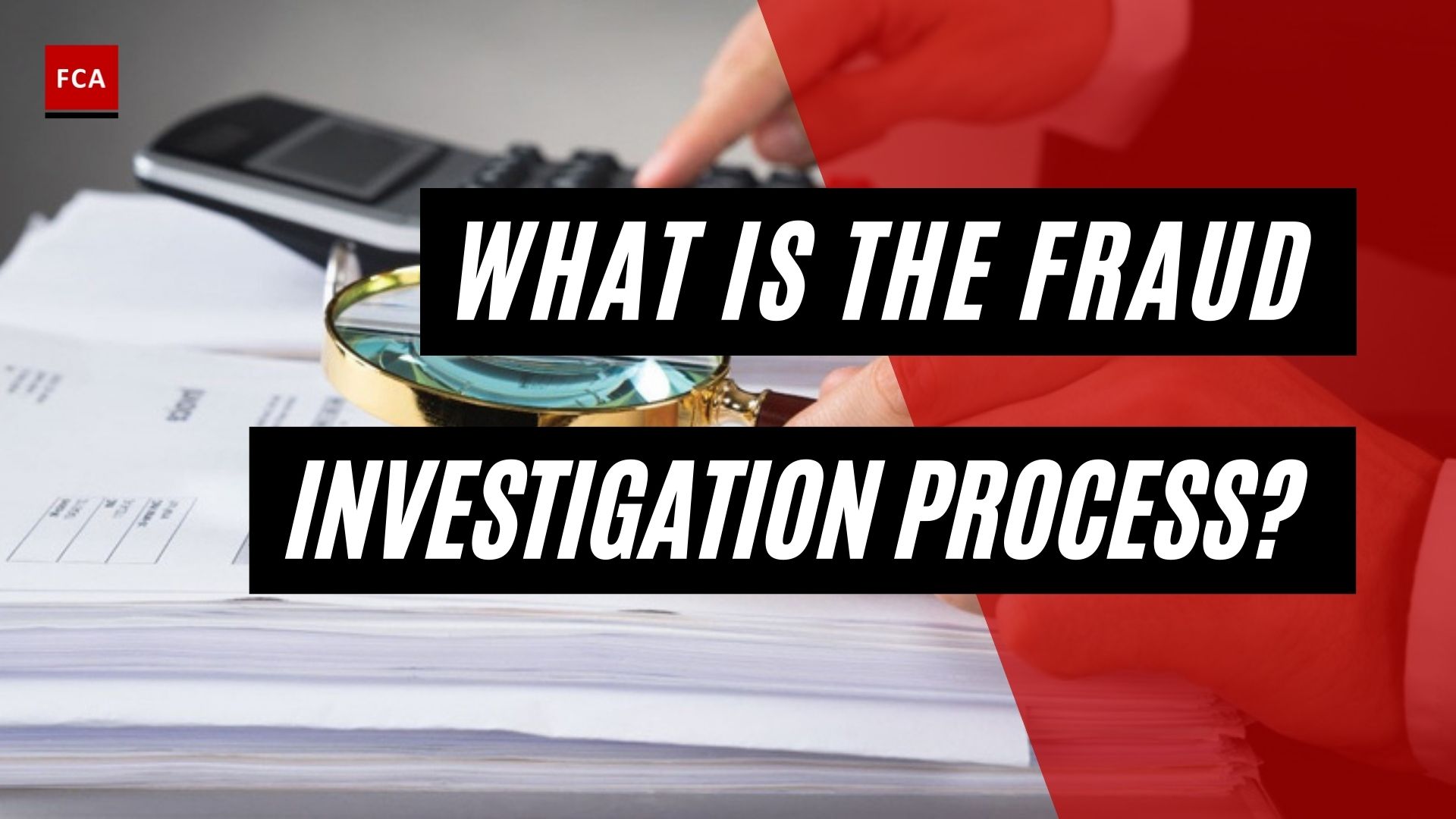Understanding the impact of fraud is essential for businesses to implement effective prevention measures and safeguard their financial and reputational assets.
The term ‘fraud’ usually includes activities such as theft, corruption, embezzlement, money laundering, bribery, insider trading, and extortion. All fraud activities are illegal and person or persons involved in these activities are categorized as criminals. In other words, using deception to dishonestly make a personal gain for oneself and/or create a loss for another is fraud.
Experts say that “Fraud is not a possibility; it is a reality” as companies and businesses are always dealing with several suspicious incidents on a more or less permanent basis.
Fraud usually is an intentional act or series of acts which is perpetrated by human beings using trickery, and cunning using two types of misrepresentations which are a suggestion of falsehood or suppression of truth.
It is primarily the responsibility of management to establish systems and controls, to prevent or detect fraud, errors, and weaknesses in internal controls. These systems and controls may then be monitored by the internal audit department. Internal audit may also be required by management to specifically review the entity’s exposure to error or fraud or to undertake a special investigation to look into suspected error or fraud.
Although fraud is prevalent across institutions of all sizes and in all sectors and locations, research shows that certain businesses are exposed to greater levels of fraud risks, than others, such as banks, money service businesses, money transfer businesses, manufacturing businesses, etc. The control environment should be adjusted to fit the degree of fraud risk exposure.

Understanding the Impact of Fraud
Below are some examples of activities that are considered fraudulent activities.
Counterfeiting
Counterfeiting is one of the examples of fraud incidents or fraud types that may result in significant and extreme financial consequences for the institution. The use of emerging and new technology by the fraudsters enables them to counterfeit and produce realistic-looking materials and packaging, to fool legitimate traders including wholesalers and retailers.
Counterfeiting is considered a lucrative business activity for the fraudster, which provides tremendous avenues and possibilities of making large commercial profits, through the utilization of technology. It is a problem affecting a wide range of industries including pharmaceuticals, electrical goods, and fashion. However, there are often many victims affected by such fraud and not just the business that has been duped or had their brand exploited.
Theft of Assets
Employees or staff of the company may be involved in the theft of the plant and assets. Employees usually, take advantage of access to the plants and assets and steal those assets to gain financial benefits or money. The theft of the plant and assets owned by the company are considered fraud.
Inventory or Cash
Employees or staff of the company may be involved in the theft of inventory items or cash. Employees usually, take advantage of access to the inventories and cash and steal them to gain financial benefits in the form of the ready availability of cash.
The theft of inventories and cash is considered fraud activity. Inventories theft cases occur in companies or institutions which are involved in manufacturing goods and theft of cash usually occurs in banks or institutions where access to cash holding is common for the authorized staff.
False Invoicing
False invoicing methods are used by the employees of the company to make wrong or excess payments to outsiders or vendors. Such vendors may be involved with the employees of the company, to commit fraud. Through false invoicing, the wrong payments are released to the vendors, who in turn provide financial benefits to the concerned employees of the company that made false invoicing.
There are also situations where false payments are made to the vendors or suppliers who are owned by the employees of the company themselves.
Such as Mr. A of company ABC may be involved in false invoicing, where he made various false payments in the name of a fake stationery supplier, but actually, the stationery business was owned by Mr. A himself.
Money Laundering
Criminals transfer their illegal funds from one place to another, through the use of a financial system of the country such as banking channels. The transfer of illegal money may be to support other criminals in various other jurisdictions or countries.
Money laundering activities are considered fraudulent and illegal activities. Different types of institutions are exposed to money laundering risks such as banks, payment service providers, money transfer institutions, real estate, stock market, etc.
Payroll Fraud
Payroll fraud is related to the concept of “ghost employees”. Companies or employees commit these types of fraud to transfer the funds of the company in the name of employees who are not the real employees of the company or those who are not hired. Payroll fraud involves running monthly payroll and making salary payments, to the employees, who are not on the payroll of the company.
This type of fraud is common in very large institutions, which employees thousands of employees, in various cities of the country. Payroll fraud is planned and performed by the human resource department of the institution or company.
In mid-sized institutions or companies, this type of fraud may be performed by the finance personnel, who are authorized to manage and run the monthly payroll or salaries disbursements.
There is no doubt that fraud elements are present in almost every institution which is a serious issue. The researches and survey results may not give a complete picture of it, but we may not deny that fraud elements are not present if the cases are not reported.
Various frauds go undetected and actual losses and indirect costs to the business such as management costs or damage to reputation, which may be significant, are not highlighted which also suppresses the scale of fraud in a particular country, state, or industry. Therefore, it is difficult to put a total cost on fraud based on any survey or related results.
For example, if one of the fraud surveys reports highlights that fraud results in losses of $20 billion each year in the US and another report highlight that corruption and bribery cases aggregate 5% of the value of the world economy or about $2.00 trillion per year, then estimates are not comparable because the survey focus points are not same and they also exclude other types of fraud such as misappropriation of assets.
It may be impossible to calculate the total cost of fraud, but fraud is considered to be very significant than the total cost of various other illegal activities or crimes. We may depict the significance of fraud through the fact that in terms of causing harm to society or the economy, fraud is second to drug trafficking.
One of the misconceptions about fraud is that it is a victimless crime, however, the fraud cases and incidents may have various types of psychological and social effects on individuals, companies, and society.
For example, when a significant fraud case is identified it usually destroys the reputation and strategic mission of the company, and numerous individuals including employees and other related businesses or stakeholders are affected.
In addition to the employees, working in a company where significant fraud is identified and reported, employees of the suppliers can be affected because of future orders. Other stakeholders such as creditors, including banks, are indirectly affected due to non-payment of timely installments against the loans obtained by the company where the significant fraud case is reported.
The cost of the fraud is usually transferred to the consumers by charging a premium for goods and services, to compensate for the costs of fraud losses which include fraud amount, cost of investigations, and additional security costs.
Due to fraudulent activities, the resources of society as a whole are drained, which significantly affects public services. Fraud also involves supporting other criminal or money launderers in different jurisdictions, which also poses a risk of reputational and strategic losses for the economy of the country.

Which Businesses are Affected?
Fraud is an issue that all businesses or companies may face regardless of their nature of business, size of operations, industry, or jurisdiction. To run business affairs, companies or businesses need various resources such as people, cash, goods, information assets, or services from various vendors, therefore, the possibilities of fraud attempts are increased.
There is a myth that significant nature frauds have occurred only in large companies or multinational companies which are reported on the media and small companies or businesses are unlikely to be a target of fraudsters.
Small businesses suffer fraud more frequently than large businesses or companies and are hit by higher average losses, because of weak internal controls system or poor hierarchy. When fraud cases are reported in smaller companies, they are less likely to be able to cover up the damages as compared to a larger business or company and may go bankrupt.
In the past various survey have reported that the companies which reported frauds were working in many different industries and the industries most suffered from fraudulent activities and losses were insurance and industrial manufacturing.
Significant fraud losses also occur in the financial services industry, such as banks and other financial institutions because of the large amount of cash and property dealings through these institutions. Even not-for-profit institutions (NPOs) are also victims of fraud cases. These institutions are exploited by the money launderers or criminals for placement of their funds and generate more wealth from the general public by showing them social causes and issues and gaining their sentiments.
Fraud Costs
Fraud carries associated cost which extends beyond monetary value. The cost of fraud includes reputational, operational, and regulatory costs. Companies and businesses face hard and soft costs associated with fraud.
The hard costs are considered as a measurable cost which may include a consumers’ loss of goods and/or services, and/ or merchants’ loss of sales.
The soft costs are not easily measurable and may include reputational impacts for the consumer, operational and regulatory impacts for the company, and vendors such as merchants.
Measuring Fraud and Error Costs
To run the business affairs, the institutions and companies perform cost analysis and prepare cost budgets, which are made part of the overall company budget. Companies know their cost structures which include various types of costs, such as:
- staffing costs,
- accommodation costs,
- utility costs,
- procurement costs
- salaries costs
- security and administration etc.
Managing these costs requires detailed analysis at the time of estimating future costs, to improve the efficiency of business and operations.
The process of estimating the business and operations costs include the assessment of expected fraud incidents and related costs. Fraud and error costs estimations may show significant amounts which if not appropriately addressed may lead to not only financial losses to the company but the chances of occurrence of reputational and regulatory losses also increase significantly.
No estimation of fraud cost by the companies may be due to the denial of the fact that fraud may occur in the future as no such instances were identified and reported in the past. This unrealistic prediction by any company may lead to not accounting for the cost of fraud in business operations cost estimations leading to significant financial losses.
A cost can only be reduced by the business if it is accurately or reasonably measured, therefore estimating the fraud cost is necessary for any business or company to ensure that appropriate measures are taken to reduce the impacts of fraud occurs.

Final Thoughts
Fraud is a pervasive and multifaceted issue affecting a myriad of industries across various scales, from multinational corporations to small businesses. At its core, fraud is the malicious act of deceiving others for personal gain, which can manifest in various forms, including theft, money laundering, and counterfeiting. Despite its prevalence, some may dismiss fraud as a victimless crime; however, its repercussions often ripple throughout societies and economies, inflicting psychological, financial, and reputational harm on individuals, businesses, and stakeholders.
Companies, irrespective of their size or industry, remain susceptible, with smaller entities often enduring heavier consequences due to inadequate internal controls. While quantifying the total cost of fraud remains challenging, ignoring its potential impact is perilous. Thus, proactive measures, thorough internal controls, and vigilant monitoring are imperative in mitigating its adverse effects and safeguarding an organization’s assets and reputation.









